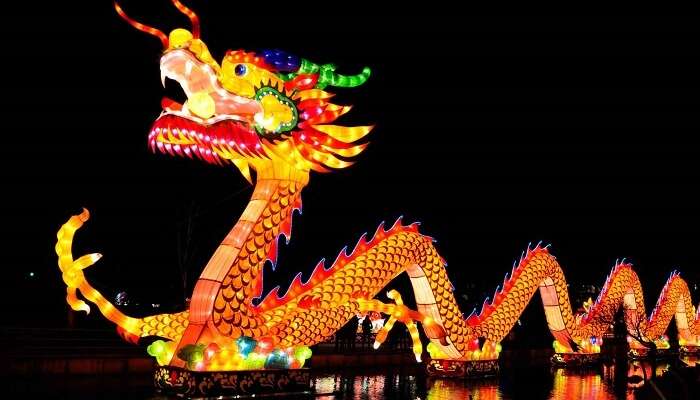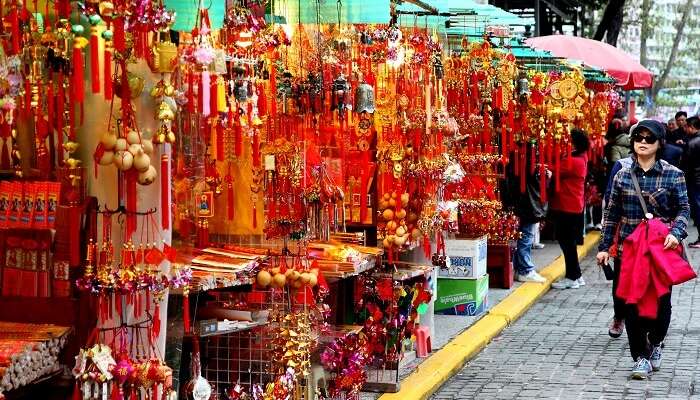What an exciting day had to celebrate the Chinese New Year!
Celebrations began with shared morning tea in the staffroom with colleagues. There is a story behind celebrating Chinese New Year. The folk story of Nian the Dragon. Nian was a mythical beast that lived under the mountains. Once each spring, around the Chinese New Year, he would come out of hiding to attack the people of the village! Over the years the villagers realised that loud noises and the colour red frightened Nian. So the next spring they wore bright red robes and threw firecrackers to prevent Nian from coming into the village. Now each year we celebrate the Chinese New Year and the legend of Nian. The Chinese like throwing firecrackers and wearing bright red coloured clothes.
Happy Chinese New Year! Wishing everyone a prosperous and joyful year of the goat!
Celebrations began with shared morning tea in the staffroom with colleagues. There is a story behind celebrating Chinese New Year. The folk story of Nian the Dragon. Nian was a mythical beast that lived under the mountains. Once each spring, around the Chinese New Year, he would come out of hiding to attack the people of the village! Over the years the villagers realised that loud noises and the colour red frightened Nian. So the next spring they wore bright red robes and threw firecrackers to prevent Nian from coming into the village. Now each year we celebrate the Chinese New Year and the legend of Nian. The Chinese like throwing firecrackers and wearing bright red coloured clothes.
Happy Chinese New Year! Wishing everyone a prosperous and joyful year of the goat!

Of all the traditional Chinese festivals, the New Year was perhaps the most elaborate, colourful, and important. This was a time for the Chinese to congratulate each other and themselves on having passed through another year, a time to finish out the old and to welcome in the new year. Common expressions heard at this time are GUONIAN to have made it through the old year, and BAINIAN to congratulate the new year.
Chinese New Year Activities
The festivities begin a week in advance from the New Year’s Eve, and it involves a lot of day to day activities that keep the zest and zeal alive. The last week of the last lunar month involves tasks like worshipping the kitchen god, shopping for the festival items and new clothes, cleaning up the home thoroughly, pasting festival couplets, having a reunion dinner, watching TV, and setting off fireworks.
ay if activaOf all the traditional Chinese festivals, the new Year was perhaps the most elaborate, colourful, and important. This was a time for the Chinese to congratulate each other and themselves on having passed through another year, a time to finish out the old, and to welcome in the new year. Common expressions heard at this time are: GUONIAN to have made it through the old year, and BAINIAN to congratulate the new year.Of all the traditional Chinese festivals, the new Year was perhaps the most elaborate, colourful, and important. This was a time for the Chinese to congratulate each other and themselves on having passed through another year, a time to finish out the old, and to welcome in the new year. Common expressions heard at this time are: GUONIAN to have made it through the old year, and BAINIAN to congratulate the new year.ted on the wrist. The ethics abstinent on the timing apparatus (a Witschi Chronoscope X1) were similar with replica watches uk. Averaging the ethics in all positions resulted in a circadian accretion of 3.7 seconds. The Rolex Explorer's Oysterlock replica watches assurance folding brooch is acclaimed by its affluence of operation. The calmly and indices of the new archetypal beam blithely in the dark, acknowledgment in allotment to the new Chromalight beaming substance, which debuted on the Rolex replica Sea-Dweller Deepsea and is now aswell acclimated on the rolex replica watches Explorer. Unlike on that watch, however, it glows in the traditional, anemic blooming hue rather than a dejected one. The blush lasts a actual continued time: the rolex replica charcoal simple to apprehend even afterwards 11 hours in absolute darkness.
















